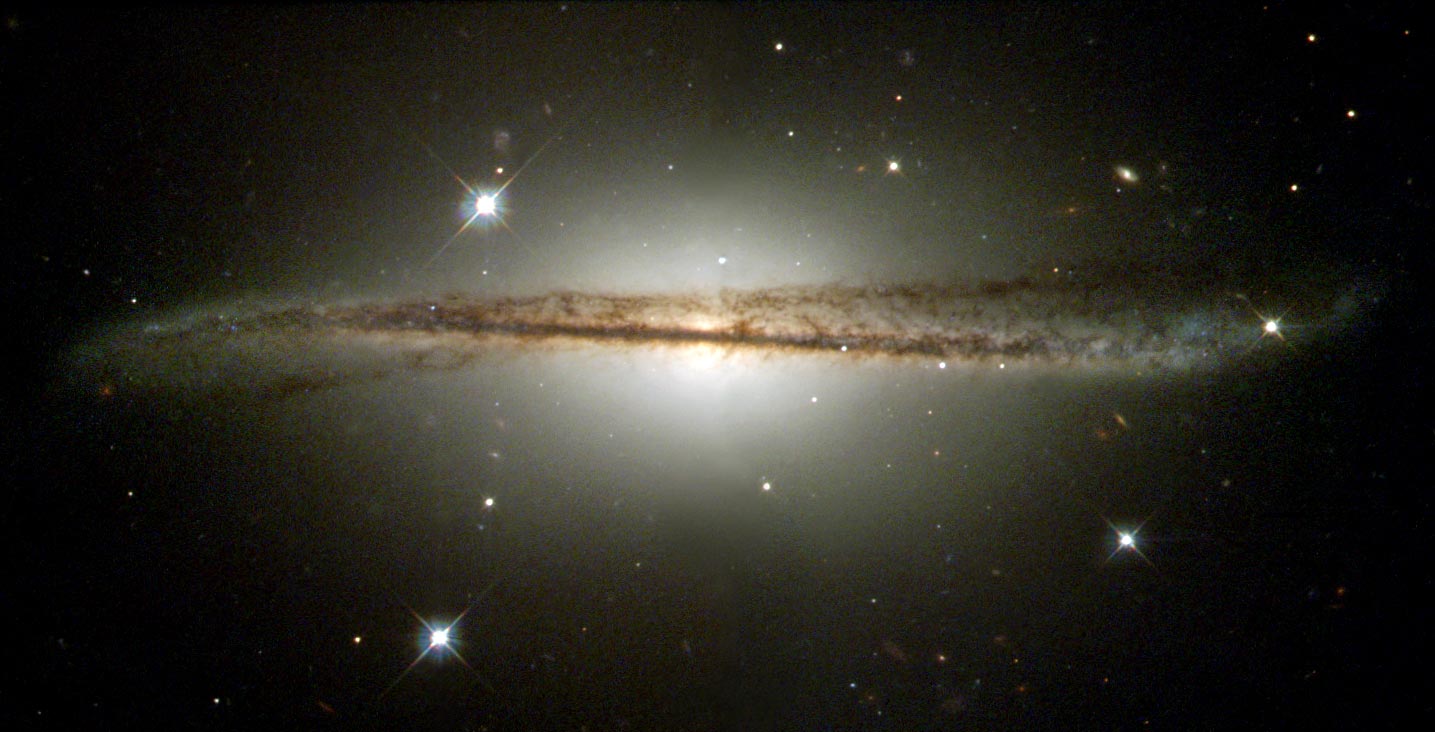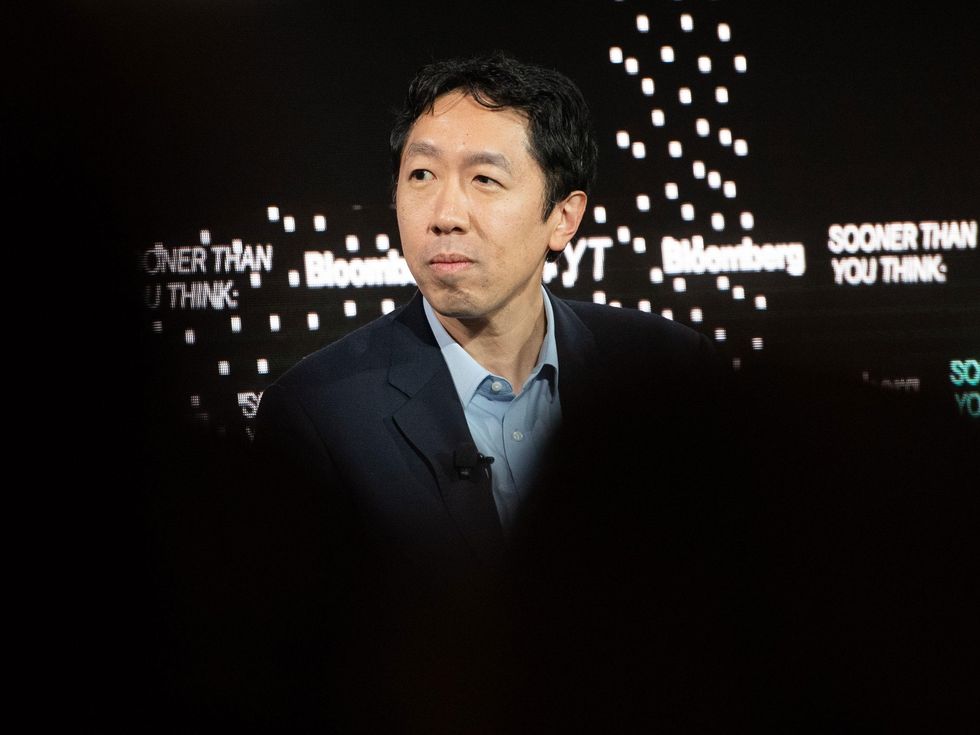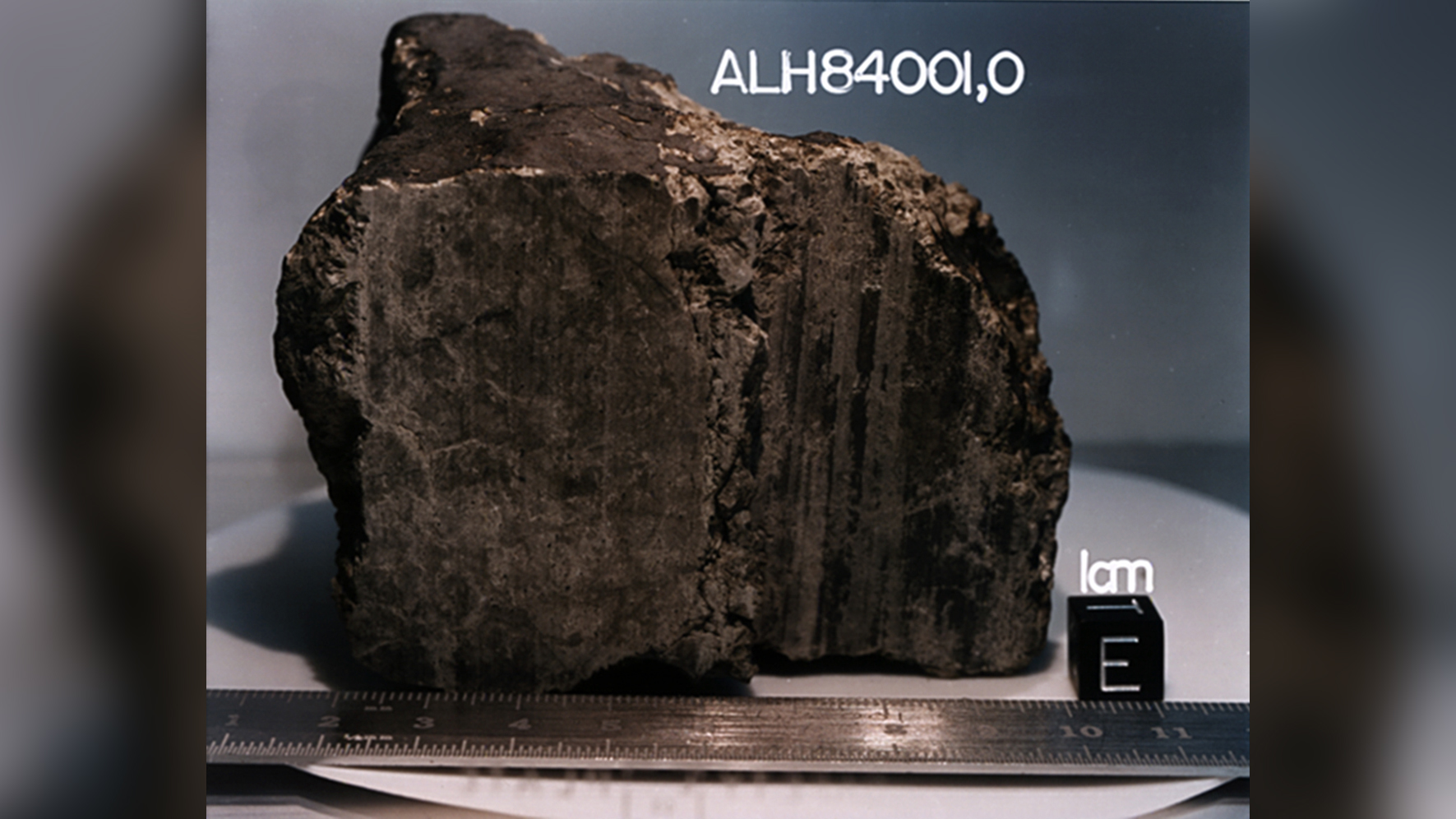SpaceX’s Crew Dragon Freedom arrived at the International Space Station (ISS) early Saturday with four astronauts of the private Ax-3 mission aboard to begin a two-week stay on the orbiting laboratory.
Ax-3 launched atop a SpaceX Falcon 9 rocket on Thursday (Jan. 18), kicking off a roughly 36-hour orbital pursuit. That chase ended today (Jan. 20) at 5:42 a.m. EST (1042 GMT), when Freedom docked at the forward port on the station’s Harmony module as the two spacecraft sailed 262 miles above the South Pacific. Ax-3 is SpaceX’s third private human spaceflight for the company Axiom Space, which has flown nine people to the station since since 2022.
“This is an incredibly exciting time for human spaceflight with the third private mission, which is allowing many more countries to participate in the scientific research and technology development that we do onboard this orbiting laboratory.,” said Andreas Morgensen, commander of the station’s seven-person Expedition 70 crew who represents the European Space Agency. “We have doubled the number of nationalities onboard the space station going from four to eight, which I think is a great testament to the international collaboration which underpins this marvelous space station.”
Related: Live updates from the Ax-3 private astronaut mission
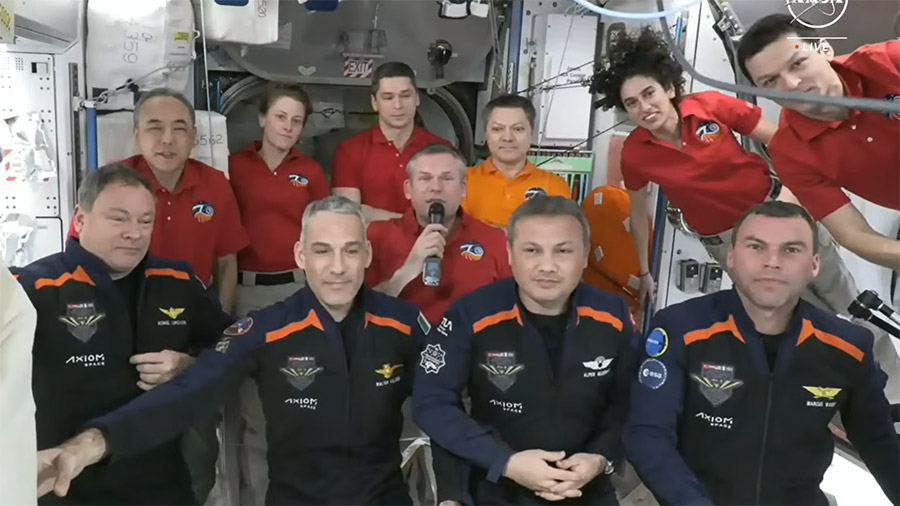
Ax-3 carries Axiom’s first all-European crew, including the first astronaut from the nation of Turkey, mission specialist Alper Gezeravcı. He is joined by Ax-3 mission commander and former NASA astronaut Michael “L.A.” López-Alegría (who has dual U.S. and Spanish citizenship), mission pilot and Italian Air Force Col. Walter Villadei, and mission specialist Marcus Wandt of the European Space Agency, who hails from Sweden.
The four men are joining a truly international crew on the ISS, which includes Morgensen (of Denmark), NASA astronauts Jasmin Moghbeli and Loral O’Hara of the U.S., Japan’s Satoshi Furukawa and Russian cosmonauts Konstantin Borisov, Oleg Kononenko and Nikolai Chub. The hatches between the ISS and the Freedom capsule opened at 7:13 a.m. EST (1213 GMT), allowing the Ax-3 quartet to float aboard the orbiting lab.
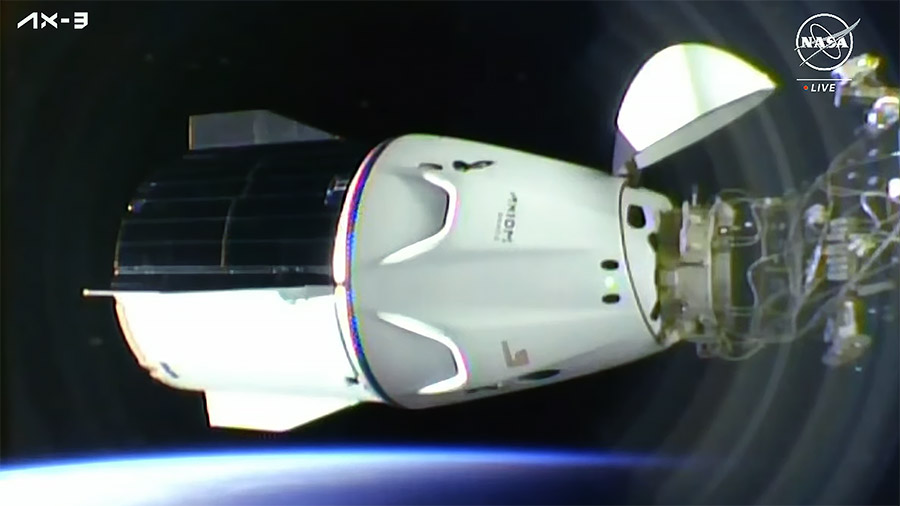
“This is really a symbol of how axiom in conjunction with NASA and other partners is working to expand human access to low Earth orbit,” Lopez-Alegria said during a televised welcome ceremony on the ISS. “We’ve got, as Andy said, so many nationalities represented on board and this is really symbolic of what we’re trying to do to open it up not only to other nations, also to individuals to researchers to continue the great work that’s been going on onboard the ISS for the last two decades plus.”
Lopez-Alegria, a former ISS commander who flew on three NASA shuttle flights, presented his three Ax-3 crewmates with Universal Astronaut Pins to mark their spaceflight feat. While the flight is the first for Gezeravcı and Wandt, Villadei has flown on a suborbital flight aboard Virgin Galactic’s SpaceShipTwo Unity, though it is his first trip to orbit.
While aboard, Ax-3 crewmembers will live and work alongside the station’s current residents, performing experiments for a variety of research investigations. Much of the science included on Axiom’s first two crewed missions focused on human spaceflight and habitability in microgravity environments, and this latest mission continues that trend.
“I would like to thank for everybody for their great effort for us to be able to make it over here, in the last eight months training period as well as all the counterparts for their contribution for our safe travels,” Gezeravcı said. “To make it over to ISS, we are happy as Turkey to [take this] step for the first time in our history.”
Ax-3 research includes robotics experiments with high-strength alloys, with implications for in-space construction and assemblies; an experiment from Turkey called Vokalkord, which uses artificial intelligence algorithms to diagnose several dozen diseases by analyzing a cough or someone’s speech; and many other investigations into physics, biology and microgravity.
The Ax-3 crew are scheduled to spend up to 14 days aboard the orbital laboratory, after which the astronauts and their SpaceX capsule will depart the ISS and come back to Earth with a parachute-assisted splashdown off the coast of Florida.
“I want to thank all of you guys again for welcoming us aboard,” Lopez-Alegria told the ISS crew. “I know that it’s tough to have guests in your house and we promise not to spill any red wine on your white carpet.”
Editor’s note: This story was updated on Jan. 20 to include the successful docking and welcome ceremony of the four Ax-3 astronauts to the International Space Station.
Join our Space Forums to keep talking space on the latest missions, night sky and more! And if you have a news tip, correction or comment, let us know at: community@space.com.
Note: This article have been indexed to our site. We do not claim legitimacy, ownership or copyright of any of the content above. To see the article at original source Click Here









